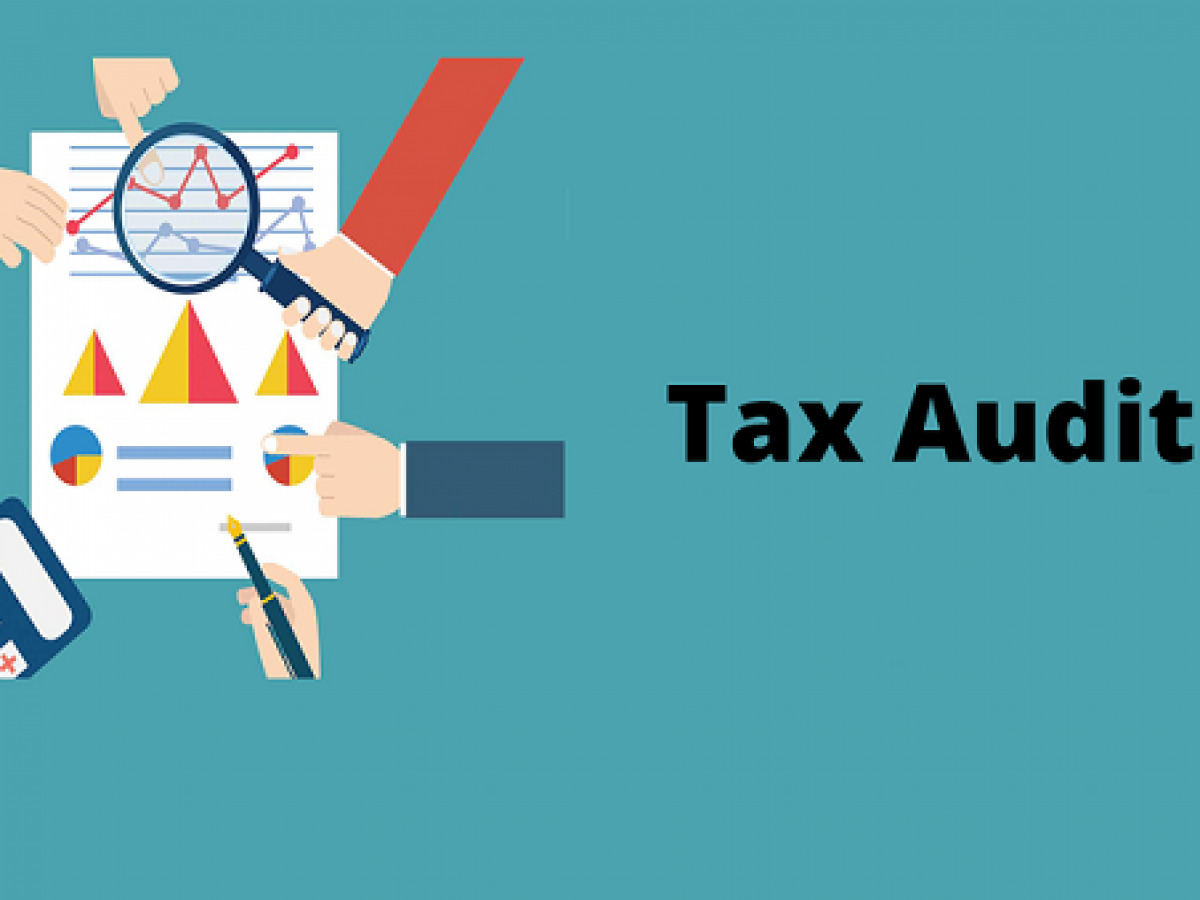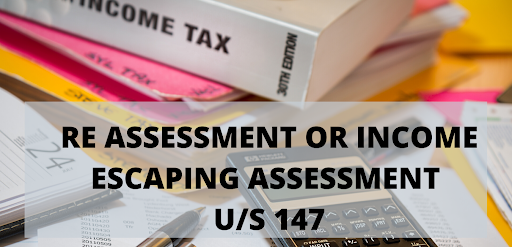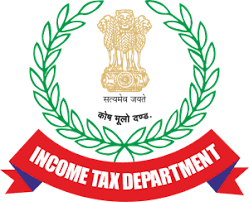Clause 44 of the Form No. 3CD requires break-up of total expenditure of entities registered or not registered under GST in the following format:

Only expenditure or expenditure in respect of each and every head to be given
The heading of the table starts with the words “Breakup of total expenditure” and hence the total
expenditure including purchases as per the above format may be given. It appears that head-wise / nature wise expenditure details are not envisaged in this clause.
Non-cash expenses not be included
Depreciation under section 32, deduction for bad debts u/s 36(1)(vii) etc. which are accounting expenses in the nature of non-cash charges on the Profit and Loss account should not be reported under this clause in any of the Columns from 3 to 7.
Expenditure required to be reported
Headings of columns 3-6 and column 7 require reporting of “Expenditure in respect of entities registered under GST” and “Expenditure relating to entities not registered under GST” respectively. Thus, the expenses which are within the scope of GST i.e., which tantamount to ‘supply’ in terms of section 7 of the CGST Act, 2017 are only required to be reported under this clause in any of the columns from 3 to 7. For example, Schedule III to the CGST Act, 2017 lists out activities or transactions which are treated neither as
a supply of goods nor a supply of services and thus expenditure incurred in respect of such activities need not be reported under this clause in any of the columns from 3 to 7. For example, Para (1) of the Schedule III covers “Services by an employee to the employer in the course of or in relation to his employment” and thus, remuneration to employees need not be reported.
Expenditure relating to goods or service exempt from GST (Column 3)
Here, the value of all inward supply of goods or services which are exempt from GST is to be given. Section 2(47) of the CGST Act, 2017 defines exempt supply as follows:
“exempt supply means supply of any goods or services or both which attracts nil rate of tax or which may be wholly exempt from tax under section 11, or under section 6 of the Integrated Goods and Services Tax
Act, and includes non-taxable supply;
To ascertain what are exempt supplies, the following notifications issued under the CGST Act, 2017 and the IGST Act, 2017 are relevant:
(A) Notification No. 1/2017 CT (R), which prescribes rates for intra-State supply of goods
(B) Notification No. 2/2017 CT (R), which prescribes intra-State supply of goods which are exempt
(C) Notification No. 11/2017 CT (R), which prescribes rate for intra-State supply of services
(D) Notification No. 12/2017 CT (R), which prescribes intra-State supply of services which are exempt
(E) Notification No. 1/2017 IT (R), which prescribes rates for inter-State supply of goods
(F) Notification No. 2/2017 IT (R), which prescribes rates for inter-State supply of goods which are exempt
(G) Notification No. 8/2017 IT (R), which prescribes rates for inter-State supply of services
(H) Notification No. 9/2017 IT (R), which prescribes rates for inter-State supply of services which are exempt
Further, the definition of exempt supply also includes non-taxable supply. The term “non-taxable supply” has been defined in section 2(78) of the CGST Act, 2017 as follows:
“non-taxable supply” means a supply of goods or services or both which is not leviable to tax under this Act or under the Integrated Goods and Services Tax Act”
As per the above definition, “non-taxable supply” includes supply of goods or services which are not leviable to tax under the CGST Act, 2017 or under the IGST Act, 2017.
As per section 9 of the CGST Act, 2017 / section 5 of the IGST Act, 2017, the following supplies are not leviable to GST:
(i) supply of alcoholic liquor for human consumption
(ii) supply of petroleum crude, high speed diesel oil, motor spirit, natural gas and aviation turbine fuel
Hence, the above supplies, being not leviable to GST, are exempt supplies.
Expenditure relating to entities falling under composition scheme (Column 4):
Levy of tax under composition scheme is governed by section 10 of the CGST Act, 2017.
While reporting the expenditure under this head, the following should be considered:
a) A composition dealer cannot charge GST in the invoices.
b) A composition dealer cannot make inter-State supply.
c) A composition dealer can issue only bill of supply and not a tax invoice.
d) The composition dealer should have mentioned the specified words at the top of the bill of supply issued by them. “Composition taxable person, not eligible to collect tax on supplies”
In case of ineligible input tax credits which are blocked under section 17(5) of the CGST Act, 2017 or in case of purchases from persons registered under composition levy, it is a normal practice of the small and medium taxpayers not to mention the GSTIN of the said suppliers in their accounting software. Hence, a suitable remark / reference in this regard by the tax auditor may be included in the report.
Expenditure relating to other registered entities (Column 5).
Value of all inward supplies from registered dealers, other than supplies from composition dealers and exempt supply from registered dealers, are to be mentioned here.
Total payment to registered entities (Column 6):
The language used in sub-heading of Column 6 is total ‘payment’ to registered entities. The word
‘payment’ should harmoniously be interpreted as ‘expenditure’ as the combined heading of columns (3), (4), (5) is ‘Expenditure in respect of entities registered under GST’. Hence, the total expenditure in respect of registered entities i.e., sum total of values reported in columns (3), (4) and (5) should be
reported in Column 6.
ALSO READ: FAQs on Tax Audit under section 44AB of the Income Tax Act, 1961
Expenditure relating to entities not registered under GST (Column
7):
The value of inward supply of goods and/or services received from unregistered persons should be reported here. It should be ensured that the total of columns 6 and 7, tallies with the amount mentioned in column (2) except to the extent of expenditure/ allowance mentioned in above paras. The auditor may retain the reconciliation prepared by the assessee for verification.
It is important to differentiate the ‘current status’ of supplier’s registration from their status as it was at the time of supply. There are several instances where registration may be cancelled with effect from an earlier date which may be prior to the date of supply to assessee. Events occurring after balance sheet date that alter the data relating to year under audit does not alter the nature of the expenditure, that it is from registered suppliers. Auditors may elect to extend their review up to a certain cut-off date or not at all. In either case, disclosure of notes of the position with regard to (i) known cancellations and (ii) treatment in the disclosure considering possibility of such cancellations would go a long way in making the report meaningful and unambiguous.
Capital expenditure should also be reported
In the table under clause 44, the language used is “expenditure in respect of”. Since, the word used is ‘expenditure’, it is necessary that the capital expenditure should also be reported in the format prescribed. Separate reporting of capital expenditure will provide ease in reconciliation.
Consolidation in case of multiple GST Registrations
In case of multiple GST registrations of an entity, there is likelihood of inter-branch supply, which is eliminated at the consolidated financials. Proper reconciliation for such type of transactions may be kept on record. This report may be prepared for an entity as a whole or for a branch thereof, as may be
audited and accordingly the information in these columns may have to be filled up consolidating the expenditure incurred under various GST registrations.
Verification of details
In order to verify the details filled in, the tax auditor needs to obtain from the assessee, the required details in the below tabular format (an illustrative format which may be modified by the Tax auditor according to the facts and circumstances). The Tax auditor should verify the details furnished with the
underlying document on a test check basis and retain the same as part of his working papers.

Appropriate disclosure in Report
An appropriate disclosure should be made by the Tax auditor in Form 3CA/3CB, as the case may be, for the view taken by the assessee in relation to the meaning of “Total expenditure” and the method of filling up the appropriate columns. If the assessee is not in a position to give the details as required in clause 44, an appropriate disclosure/disclaimer may be made by the auditor in Form 3CA/3CB. Where the assessee has provided reason for not being able to provide details, the same may be reported, if found appropriate.
Source: ICAI Guidance Note
****
Don’t miss the next Accounting/ Co. Law/ Tax Update / Article / Judicial pronouncement
Subscribe to our newsletter for FREE to stay updated
TW Editorial Team comprises of team of experienced Chartered Accountants and Advocates devoted to spread the knowledge of GST amongst the various stakeholders.




